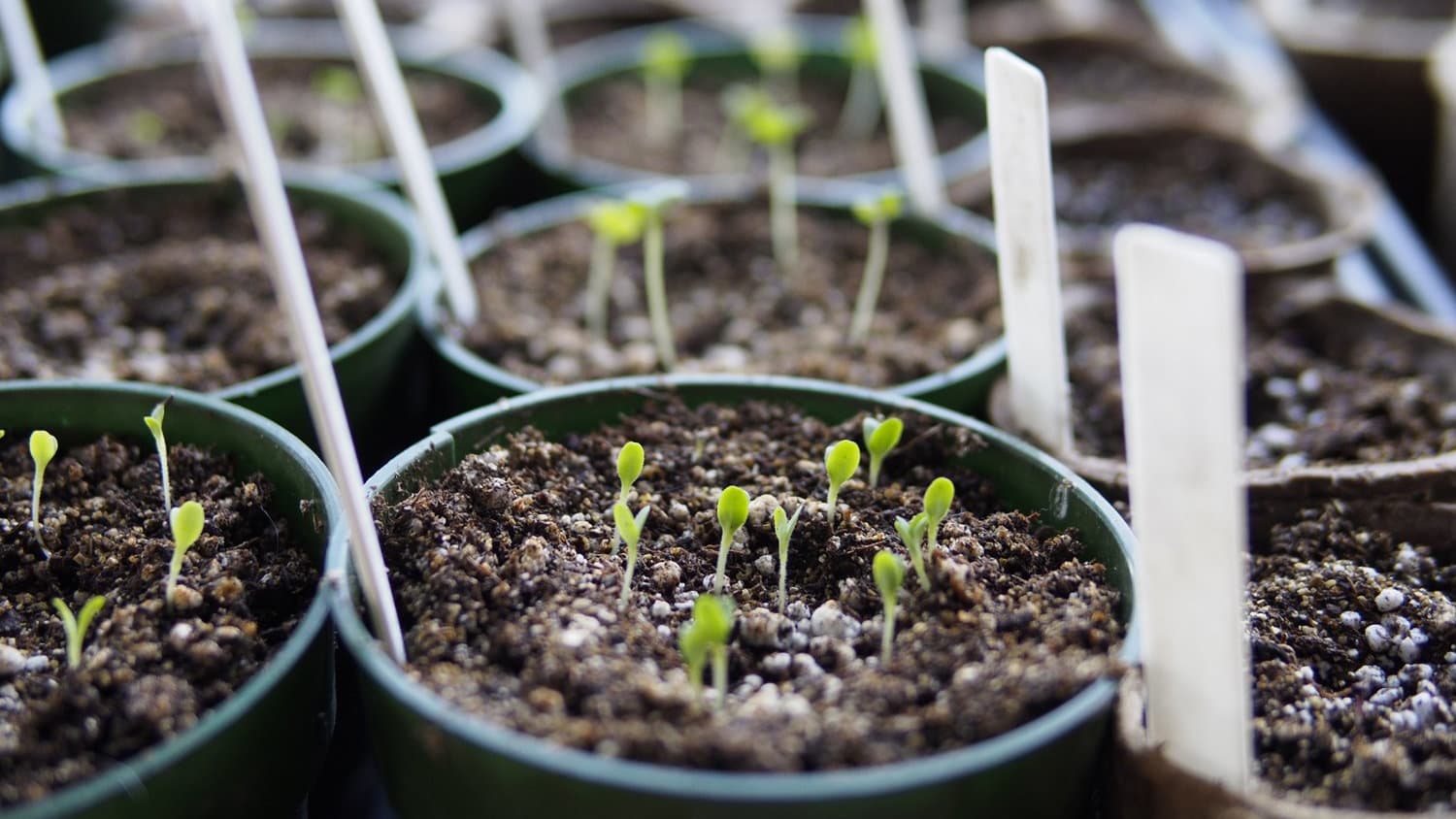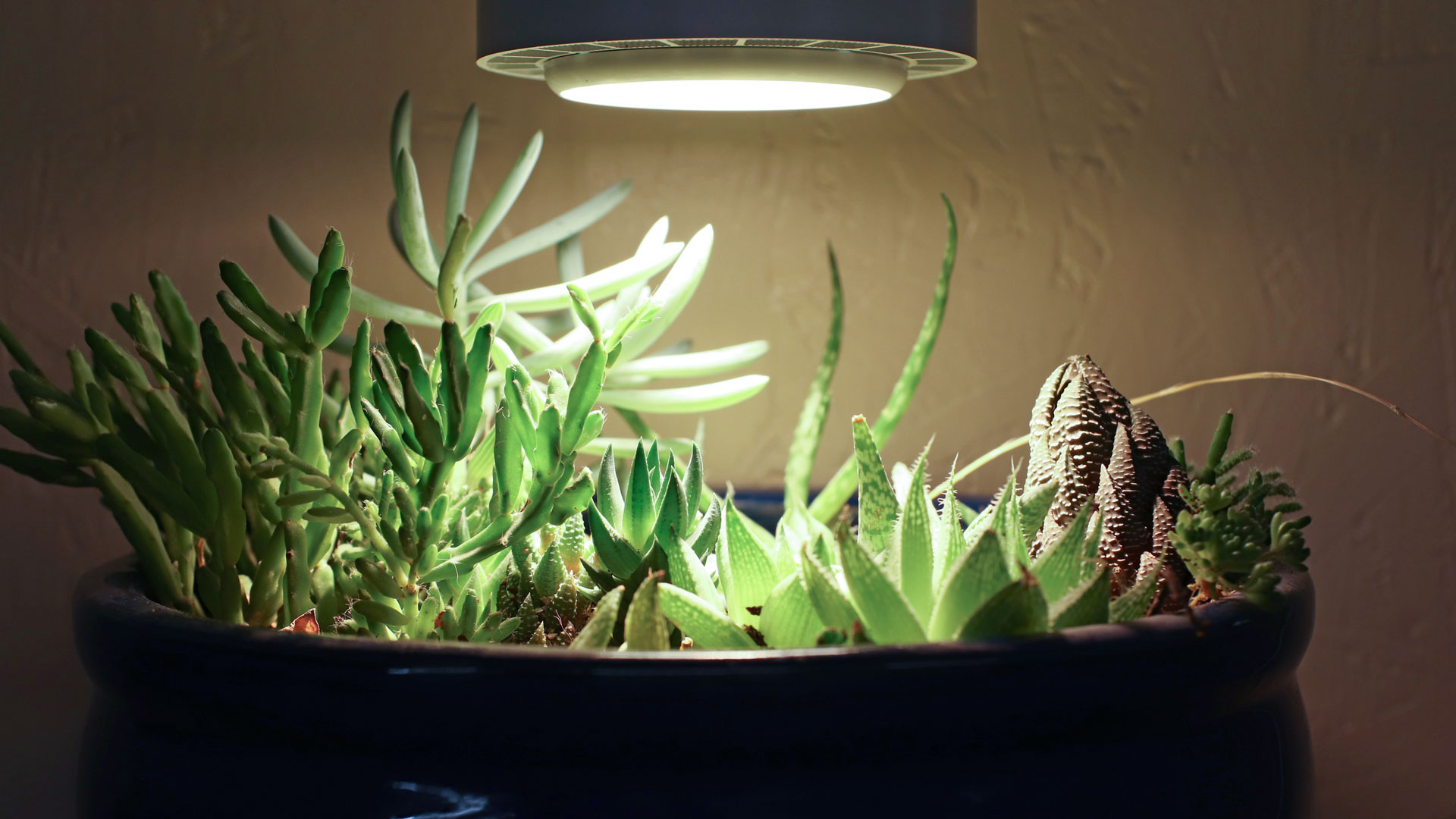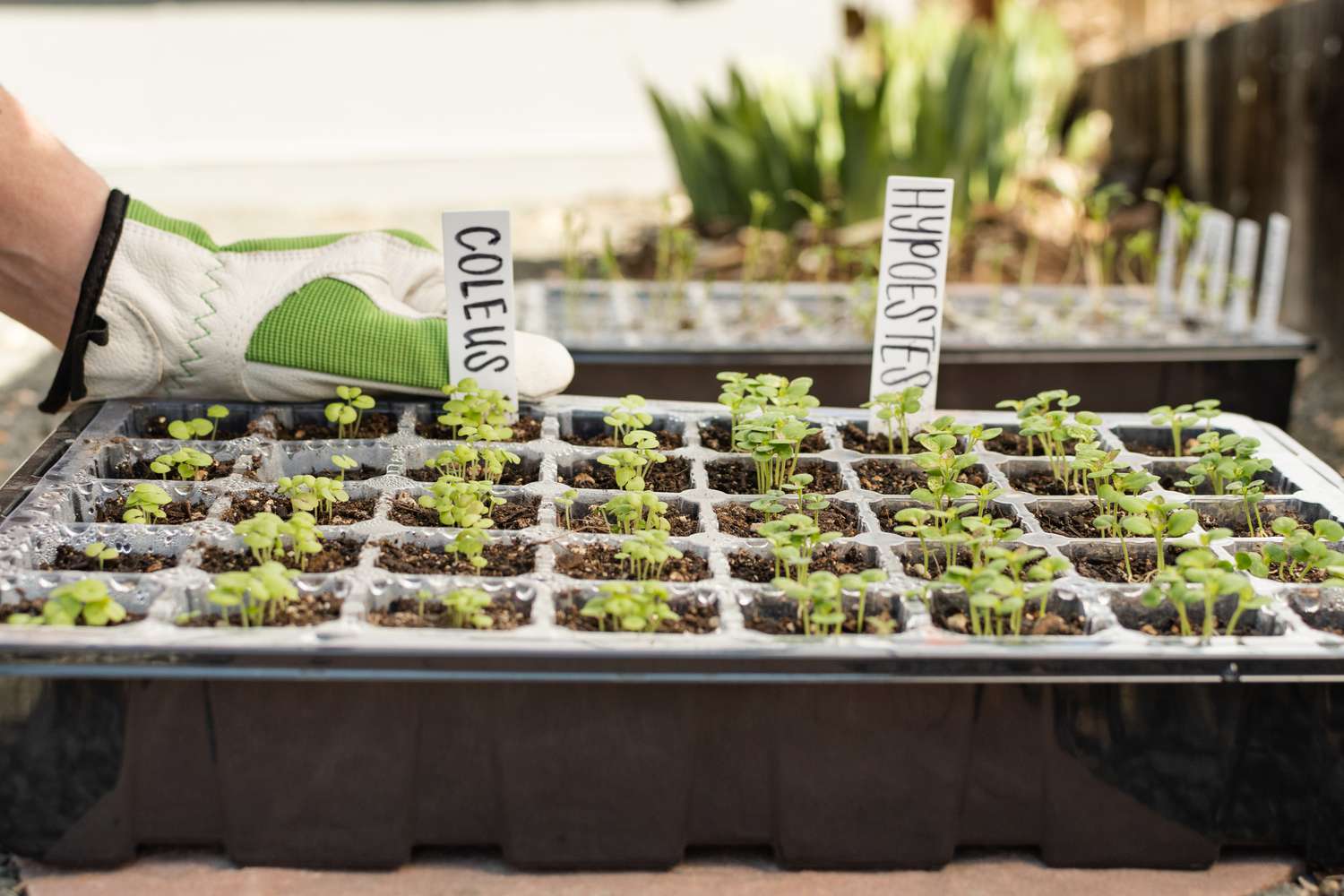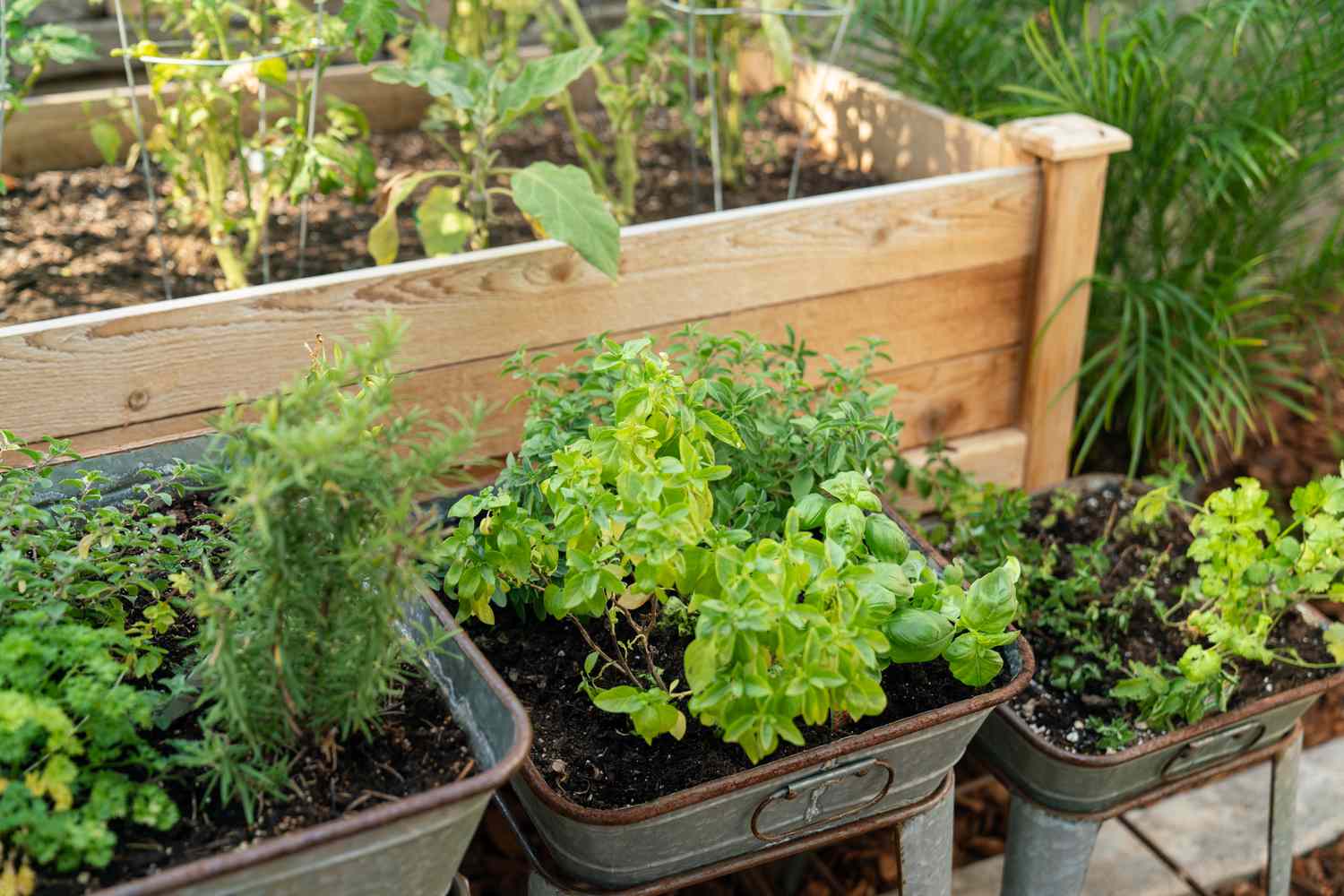Home>Gardening Techniques>Plant Care>How Many Hours Do Seedlings Need Light


Plant Care
How Many Hours Do Seedlings Need Light
Published: January 5, 2024
Learn about the light requirements for seedlings in plant care. Discover how many hours of light seedlings need for healthy growth.
(Many of the links in this article redirect to a specific reviewed product. Your purchase of these products through affiliate links helps to generate commission for Chicagolandgardening.com, at no extra cost. Learn more)
Table of Contents
Introduction
When it comes to nurturing healthy and vibrant seedlings, providing adequate light is a fundamental aspect of the process. Seedlings, in their early stages of growth, rely heavily on light to kickstart the process of photosynthesis, a vital mechanism through which they produce energy. In this comprehensive guide, we will delve into the crucial role of light in the development of seedlings, explore the factors that influence their light requirements, and provide valuable insights into the ideal light duration and types of light that best support their growth.
Understanding the intricate relationship between seedlings and light is essential for anyone passionate about gardening, whether you are a seasoned horticulturist or a novice enthusiast. By grasping the significance of light in the early stages of plant growth, you can effectively support the development of robust seedlings and set the stage for a flourishing garden or crop.
As we embark on this enlightening journey, we will uncover the science behind light as a catalyst for seedling growth, shed light on the various types of light that can be harnessed to nurture healthy seedlings, and provide practical tips for monitoring and optimizing light exposure. Join us as we unravel the secrets to providing the optimal light conditions for your precious seedlings, paving the way for a thriving and bountiful harvest.
Importance of Light for Seedlings
Light serves as a vital source of energy for seedlings, playing a pivotal role in the process of photosynthesis. This natural phenomenon enables seedlings to convert light energy into chemical energy, which is essential for their growth and development. Without an adequate supply of light, seedlings are unable to carry out photosynthesis efficiently, stunting their growth and compromising their overall health.
Furthermore, light influences various physiological processes within seedlings, including the regulation of their internal clock and the stimulation of essential metabolic activities. Exposure to light triggers the production of chlorophyll, the green pigment crucial for capturing light energy, and promotes the synthesis of carbohydrates, which serve as the building blocks for the seedlings’ structural components.
Additionally, light plays a key role in determining the morphology of seedlings, influencing their stem length, leaf size, and overall architecture. Proper exposure to light encourages sturdy and compact growth, while inadequate light can lead to elongated, weak stems and pale, undersized leaves.
For indoor seedlings, light is especially critical as it serves as a substitute for natural sunlight. Without access to sufficient light, indoor seedlings are at risk of becoming leggy and frail, hindering their ability to thrive once transplanted outdoors. By recognizing the profound impact of light on the growth and vitality of seedlings, gardeners can take proactive measures to ensure that their precious plants receive the light they need to flourish.
Factors Affecting Light Requirements
Several factors influence the light requirements of seedlings, ultimately shaping their ability to thrive in a given environment. Understanding these factors is crucial for providing optimal light conditions and fostering healthy seedling growth. One of the primary determinants of a seedling’s light needs is its species or variety. Different plants have varying light requirements, with some preferring full sun exposure, while others thrive in partial shade.
Another critical factor is the stage of growth. Seedlings in their early developmental stages often require more gentle, diffused light to prevent stress and promote steady, uniform growth. As they mature, their light requirements may change, necessitating adjustments in their exposure to accommodate their evolving needs.
The duration of light exposure is also a key consideration. While some seedlings benefit from extended hours of light, others may require periods of darkness to maintain a healthy growth cycle. Understanding the specific light duration preferences of different plant species is essential for optimizing their growth conditions.
Environmental factors, such as temperature and humidity, can significantly impact a seedling’s response to light. High temperatures combined with intense light can lead to heat stress, while low humidity levels may increase the plant’s transpiration rate, affecting its overall water and nutrient uptake. By considering these environmental variables, gardeners can fine-tune the light exposure to create an optimal growing environment for their seedlings.
The quality of light, including its spectrum and intensity, is another crucial factor. Different types of light, such as natural sunlight, fluorescent bulbs, or LED grow lights, emit varying spectrums of light that can influence plant growth and development. Understanding the specific light requirements of seedlings and selecting the appropriate light source is essential for ensuring their well-being.
By taking into account these multifaceted factors that affect light requirements, gardeners can tailor their cultivation practices to provide the ideal light conditions for their seedlings, setting the stage for robust and flourishing plants.
Ideal Light Duration for Seedlings
The optimal duration of light exposure for seedlings varies depending on their species, stage of growth, and environmental conditions. Understanding and implementing the ideal light duration is crucial for promoting healthy and vigorous seedling development. In general, most seedlings benefit from approximately 14 to 16 hours of light per day during their early growth stages. This extended exposure to light mimics the long daylight hours of spring and summer, providing seedlings with ample energy to fuel their photosynthetic processes and support robust growth.
During the initial stages of germination and early seedling growth, maintaining consistent and prolonged light exposure is essential for preventing etiolation, a condition characterized by weak, elongated stems and pale, underdeveloped leaves. By providing an extended duration of light, gardeners can encourage compact, sturdy growth and ensure that seedlings develop the structural strength needed to thrive in outdoor environments.
As seedlings mature and transition to the stage of true leaf development, their light requirements may shift. At this point, some species may benefit from a slight reduction in daily light exposure, typically to around 12 to 14 hours. This adjustment can help prevent excessive heat stress and allow the seedlings to acclimate to a more natural light cycle, mirroring the fluctuations they would experience outdoors.
It is important to note that while consistent light exposure is beneficial for most seedlings, providing a period of darkness is also essential for their overall well-being. During the dark hours, seedlings undergo important physiological processes, including respiration and the utilization of stored energy reserves. Striking a balance between light and darkness is crucial for supporting the holistic growth and development of seedlings.
By carefully monitoring and adjusting the duration of light exposure based on the specific needs of the seedlings, gardeners can create an environment that fosters robust and resilient plant growth, laying the foundation for thriving gardens and bountiful harvests.
Types of Light for Seedlings
When cultivating seedlings indoors or in environments with limited natural sunlight, it is essential to explore the various types of artificial light that can effectively support their growth. Understanding the characteristics and benefits of different light sources empowers gardeners to provide the most suitable illumination for their precious seedlings.
Natural sunlight remains the gold standard for promoting optimal growth in seedlings. Its full spectrum of light, which includes ultraviolet (UV), visible, and infrared wavelengths, supports robust photosynthesis and the development of sturdy, well-formed seedlings. When natural sunlight is not readily available, artificial lighting options become indispensable.
Fluorescent lights, particularly those labeled as “cool white” or “daylight,” are a popular choice for indoor seedling cultivation. These lights emit a balanced spectrum of cool, blue-toned light that closely mimics natural daylight. They are energy-efficient and produce minimal heat, making them suitable for maintaining consistent light exposure without causing excessive temperature fluctuations.
Another widely utilized option is the use of LED (light-emitting diode) grow lights. LED technology offers customizable light spectrums, allowing gardeners to tailor the illumination to meet the specific needs of their seedlings. LED grow lights are energy-efficient, produce little heat, and have a long lifespan, making them a versatile and cost-effective solution for indoor seedling cultivation.
High-intensity discharge (HID) lights, including metal halide (MH) and high-pressure sodium (HPS) lamps, are favored for their intense output of light, making them suitable for larger-scale seedling operations. While these lights can be effective, they generate substantial heat and consume more energy compared to fluorescent and LED options, requiring careful consideration of ventilation and heat management.
Each type of light has its unique advantages and considerations, and the choice of lighting depends on factors such as the specific needs of the seedlings, available space, and budget. By selecting the most appropriate type of light and optimizing its placement and duration, gardeners can create an indoor environment that nurtures healthy, vibrant seedlings, preparing them for successful transplantation and continued growth outdoors.
Monitoring Light Exposure for Seedlings
Ensuring that seedlings receive the appropriate amount and quality of light is essential for their healthy development. Monitoring light exposure involves a combination of observation, assessment of environmental conditions, and, when necessary, the use of specialized tools to optimize the growing environment.
Regular observation of seedlings is a fundamental aspect of monitoring light exposure. By closely inspecting the seedlings for signs of stress or inadequate light, such as elongated stems, pale leaves, or stunted growth, gardeners can make timely adjustments to the light conditions. Additionally, observing the direction and intensity of natural sunlight or artificial light sources throughout the day provides valuable insights into the seedlings’ light exposure.
Environmental conditions, including temperature and humidity, play a significant role in the impact of light on seedlings. Monitoring and maintaining optimal environmental parameters, such as ensuring proper air circulation and managing heat levels, contribute to creating a conducive light environment for seedlings. Utilizing a thermometer and hygrometer to track temperature and humidity levels can aid in fine-tuning the light exposure for optimal growth.
For indoor seedling cultivation, the placement and orientation of artificial light sources are critical factors in monitoring light exposure. Positioning lights at an appropriate distance from the seedlings, adjusting their height as the plants grow, and ensuring uniform coverage across the entire growing area are essential for providing consistent and effective light exposure.
When precise measurements of light intensity are required, the use of a light meter, or lux meter, can provide quantitative data to assess and adjust the light levels. This tool helps gauge the amount of light reaching the seedlings, enabling gardeners to optimize the placement and duration of light exposure based on specific light intensity requirements for different plant species.
By actively monitoring the light exposure for seedlings and leveraging a combination of observational techniques and environmental assessments, gardeners can create an environment that fosters healthy and robust seedling growth. This proactive approach enables adjustments to be made in real time, ensuring that the seedlings receive the optimal light conditions necessary for their flourishing development.
Conclusion
As we conclude this enlightening exploration of light’s crucial role in nurturing healthy seedlings, it becomes evident that understanding and optimizing light exposure is paramount for fostering robust plant growth. Light serves as the primary source of energy for seedlings, driving the essential process of photosynthesis and influencing a myriad of physiological and morphological aspects of their development.
By recognizing the multifaceted factors that affect light requirements, including species-specific needs, growth stages, environmental influences, and the quality of light, gardeners can tailor their cultivation practices to provide the ideal light conditions for their seedlings. Understanding the ideal light duration for different growth stages and the diverse types of light available empowers gardeners to create environments that support the holistic growth and vitality of their precious seedlings.
Monitoring light exposure through attentive observation, environmental assessments, and, when necessary, the use of specialized tools, enables gardeners to make informed decisions and adjustments to optimize the light environment for their seedlings. This proactive approach ensures that the seedlings receive the optimal light conditions necessary for their flourishing development.
As we embark on our journey to cultivate thriving gardens and bountiful harvests, let us embrace the profound significance of light in nurturing the resilience and vitality of our seedlings. By harnessing the power of light and integrating our understanding of its impact on plant growth, we pave the way for a flourishing garden filled with vibrant, healthy plants, a testament to the art and science of nurturing life from the earliest stages of growth.





